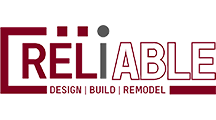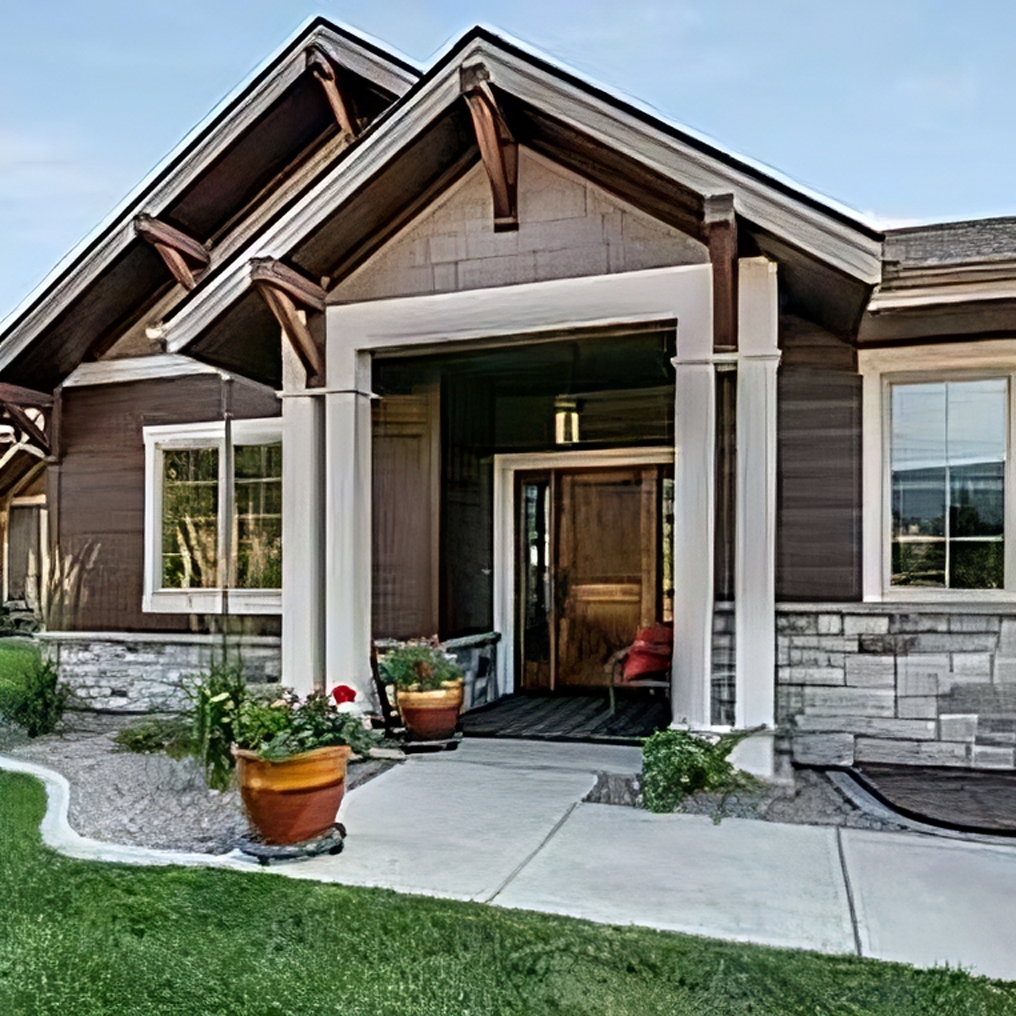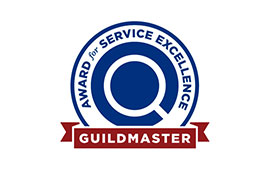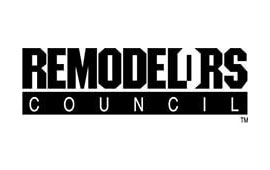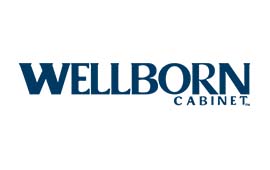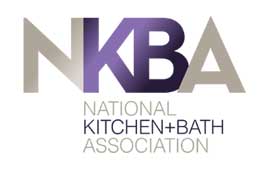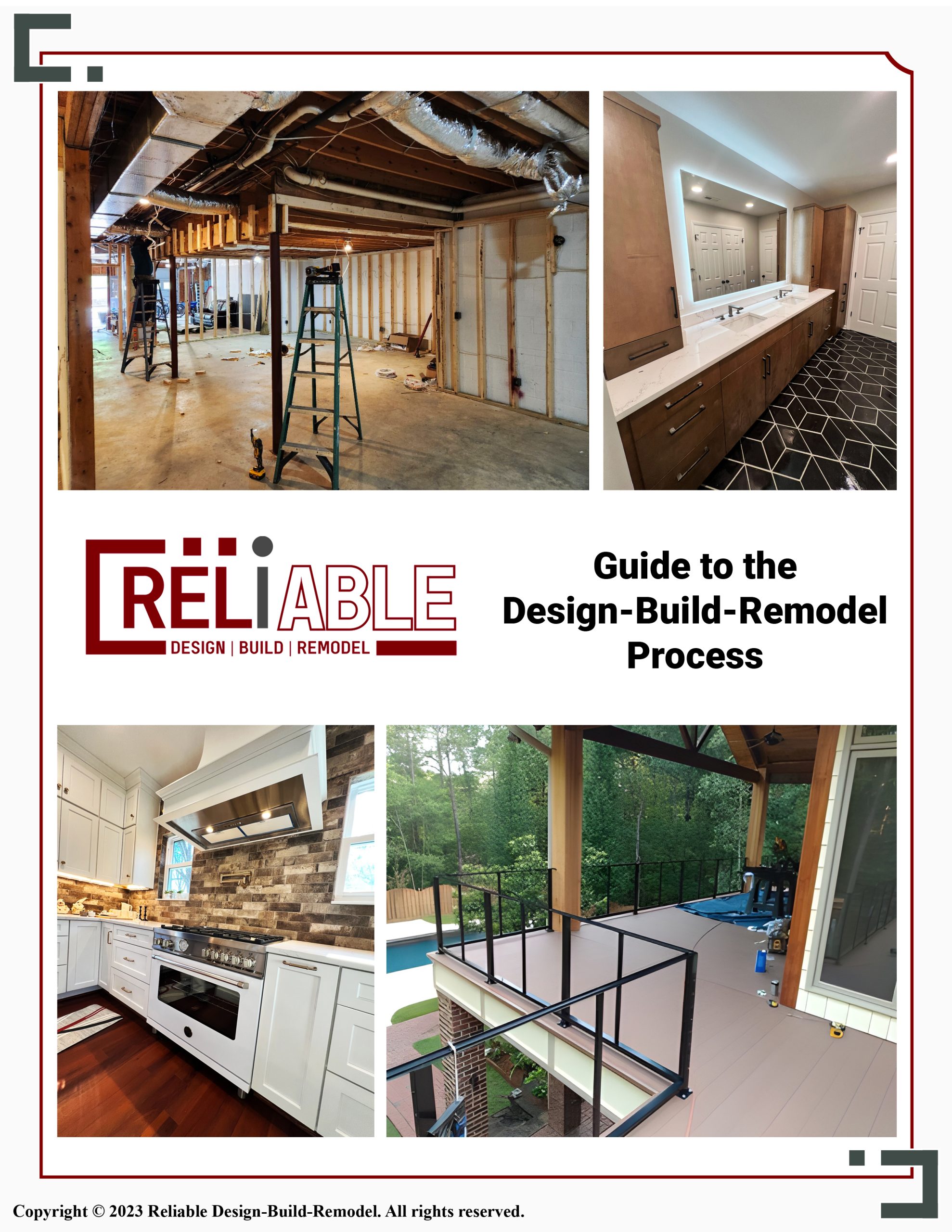Hello, Birmingham homeowners! At Reliable Design-Build-Remodel, we understand the importance of maintaining a dry, healthy basement. Water intrusion can cause significant damage and lead to costly repairs. In this guide, we’ll answer some common questions about basement waterproofing to help you make informed decisions about protecting your home.
What is the best waterproofing method for basements?

When it comes to basement waterproofing, there isn’t a one-size-fits-all solution. The best method depends on various factors, including the extent of the water problem, your budget, and the specific conditions of your basement. However, a comprehensive approach that combines interior and exterior waterproofing measures tends to be the most effective. This might include exterior excavation and waterproofing membranes to stop water from entering, as well as interior solutions like sump pumps, drainage systems, and sealants to manage any water that does get through. By addressing the issue from both angles, you can create a robust barrier against water intrusion.
Can I waterproof my basement myself?
DIY basement waterproofing is possible for minor issues and can be a cost-effective option if you have the necessary skills and tools. Simple tasks like applying waterproof paint, sealing cracks with epoxy or hydraulic cement, and installing a dehumidifier can help manage minor moisture problems. However, for more severe water issues or for a permanent solution, professional help is often necessary. Professionals have the expertise to assess the root cause of water intrusion and implement comprehensive solutions that ensure long-term protection. Attempting major waterproofing projects without the proper knowledge can lead to incomplete solutions and may even exacerbate the problem.
Which is the cheapest basement waterproofing method?

The most affordable basement waterproofing methods typically involve interior solutions. Applying waterproof paint or sealant to basement walls and floors can be a relatively inexpensive way to prevent minor moisture problems. Installing a dehumidifier is another cost-effective method to reduce humidity and prevent mold growth. For those on a tight budget, addressing gutter and downspout issues to direct water away from the foundation is also a practical and affordable step. However, while these methods are budget-friendly, they may not be sufficient for significant water intrusion issues. It’s important to balance cost with the effectiveness of the solution.
Is it worth it to waterproof a basement?
Absolutely! Waterproofing your basement is a valuable investment that protects your home and enhances its value. A dry basement prevents structural damage, mold growth, and the deterioration of building materials, which can save you thousands of dollars in future repairs. Additionally, a waterproofed basement can be transformed into usable living space, increasing your home’s overall square footage and value. Even if you don’t plan to finish your basement, keeping it dry improves air quality and ensures a healthier living environment for your family. The peace of mind that comes with knowing your home is protected from water damage is well worth the investment.
How do you permanently waterproof a basement?
Achieving permanent basement waterproofing requires a combination of interior and exterior solutions. Exterior waterproofing is the first line of defense and involves excavating around the foundation to apply waterproof membranes, install drainage panels, and sometimes adding a French drain system. Interior waterproofing complements exterior measures by managing any water that penetrates the outer defenses. This includes installing a sump pump and a perimeter drainage system to channel water away from the foundation. Additionally, sealing walls and floors with specialized waterproof coatings helps prevent water seepage. Regular maintenance, such as cleaning gutters and checking for foundation cracks, is also crucial for long-term waterproofing.
What are the three types of basement waterproofing?
Basement waterproofing methods can be broadly categorized into three types: exterior waterproofing, interior waterproofing, and drainage solutions.
- Exterior Waterproofing: This method involves excavating the soil around the foundation and applying a waterproof membrane to the exterior walls. It’s the most effective way to prevent water from entering the basement in the first place. Additional steps may include installing exterior drainage systems like French drains to redirect water away from the foundation.
- Interior Waterproofing: Interior methods manage water that has already entered the basement. This can include the application of sealants and waterproof coatings on walls and floors, installation of vapor barriers, and the use of dehumidifiers to control moisture levels. Interior drainage systems and sump pumps are also common in this category.
- Drainage Solutions: Effective drainage is essential for preventing water accumulation around the foundation. This includes both exterior solutions, like French drains and proper grading, and interior solutions, such as perimeter drains and sump pumps that actively remove water from the basement.
By understanding these methods and choosing the right combination for your home, you can ensure a dry and safe basement for years to come.

Reliable Design-Build-Remodel is a full service general construction firm and remodeling contractor operating in the Birmingham metro and Jefferson and Shelby County areas and surrounding communities, including Birmingham, Helena, Chelsea, Mountain Brook, Hoover, Homewood, Montevallo, Alabaster, Vestavia Hills, and Pelham, with over 30 years of servicing our valued clients. Offering full service suite of general remodeling, design and build services. Our specialties include bathroom remodeling, kitchen remodeling, exterior renovations, interior renovations, painting, and more!
Visit us at reliablerem.com, and like and follow us on Facebook and Instagram!
